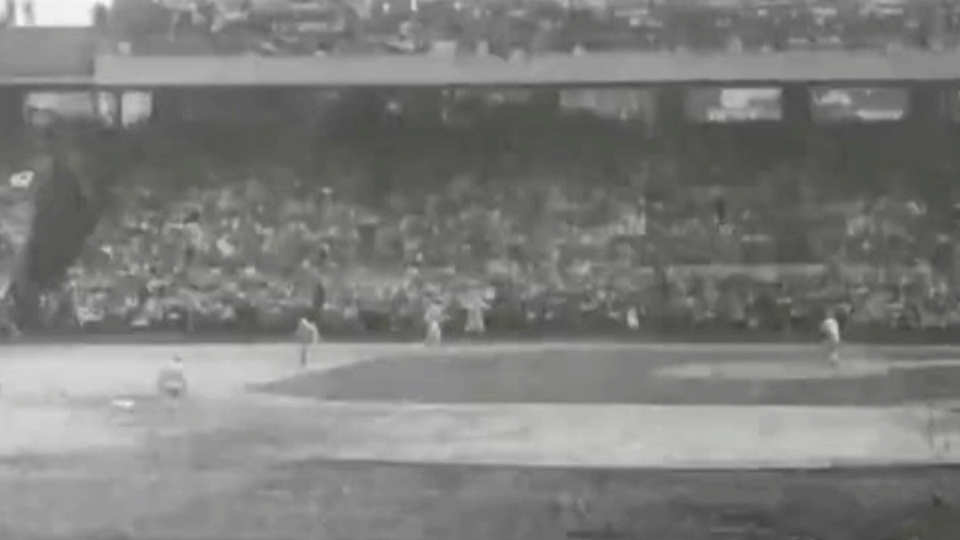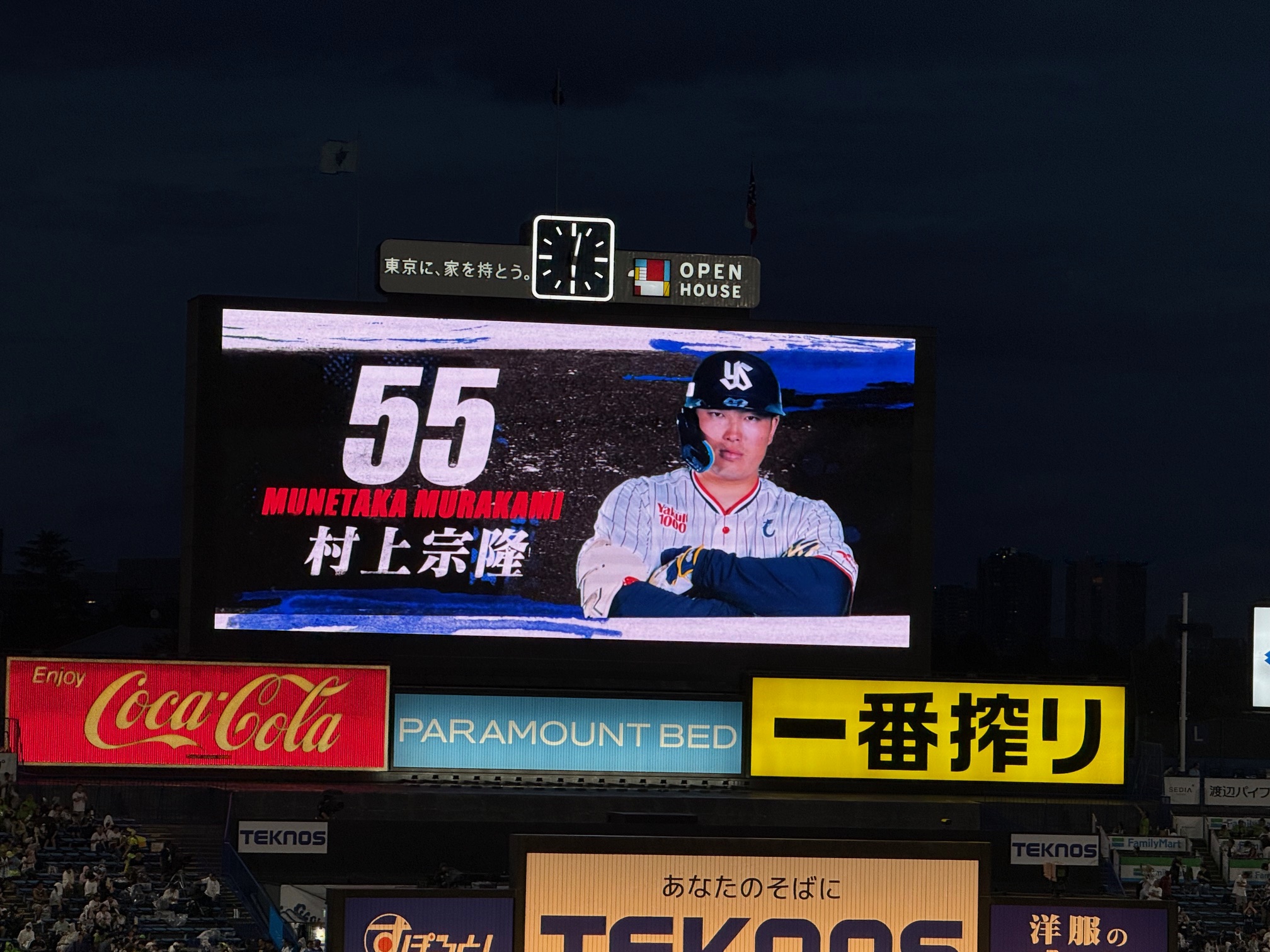At this point this postseason, the Brewers and A's have been dealt two crushing losses. Milwaukee had it slip away from them, and for Oakland, greater success never seems within their grasp.
At this point in the postseason one hundred years ago, the White Sox were dealt two crushing losses by the Cincinnati Reds, and nobody really knew what was going on.
The Sox had lost both games in Cincinnati, 9-1 and 4-2. Both games had featured middle-inning meltdowns, the first involving Eddie Cicotte, the second Lefty Williams, and both aided and abetted by sketchy defensive efforts. In the first game, Swede Risberg and Cicotte took their time turning a potential 1-6-3 double play that would have ended the inning, and there's a GIF of it:

The second one was all on Williams, who tied a career high with six walks.
The White Sox' efforts confused those watching the Series -- at least those who didn't know the Sox were on the take. There were a fair amount of people who did, which explained how the odds shifted slightly into the Reds' favor just before the series started.
This is where the scandal starts to unravel. Aside from Cicotte, who was paid up front, and Chick Gandil, who orchestrated the deal and could have taken more money than he said he did, the players who were involved in fixing the two games weren't given their promised share of the proceedings to date. Dickey Kerr didn't help matters, because 100 years ago on this date, the untainted rookie lefty shut out the Reds, causing some of the middlemen involved to lose their shirts.
The arrangement was already tangled when the fix was working it like it should, and now it's
A few resources to draw your attention to:
Eight Myths Out: You can spend all day on this site produced by Jacob Pomrenke, Bill Lamb and SABR's Black Sox Committee. You may know the debunking of the scandal's most common misconceptions by now -- especially if you listened to Pomrenke's appearance on the Sox Machine Podcast -- but the internal links to the other research and materials show you the depth of the rabbit hole.
Infamous America: If you prefer to absorb your history through your ears, the second series of this podcast by Black Barrel media is a detailed-yet-digestible six-episode breakdown of the Black Sox Scandal, as well as the historical context inside and outside of baseball that made the scene possible.
And the Chicago Tribune has also stepped up, with this day-by-day recap of how the paper covered the 1919 World Series as it happened. I'll also point you to this story from LaMond Pope, who gets the White Sox to talk about a part of their history they don't celebrate -- partially because it's scandalous, and partially because they don't see a payoff.
Reifert said the Sox haven’t purposely avoided the 1919 season, rather that when it comes to celebrations, the team typically centers on teams or individuals that connect closely with fans.
“We tend to try to acknowledge things that mean something to our fans,” Reifert said. “That’s so long ago. If you look at the statues in the outfield (concourse), we often talk, ‘Should we have a statue of a guy from the 19-0-something team?’
"Other than it being a cool statue of an old player, nobody alive really saw that person play. That general mindset kind of applies in this case.”






